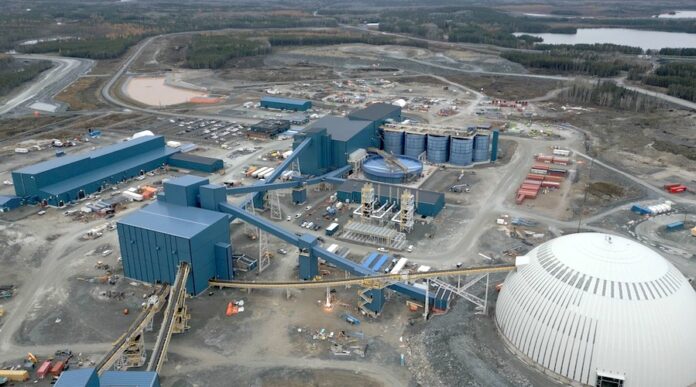“Canada’s Regulatory Framework: A Barrier to Economic Growth”
In a recent report by the C.D. Howe Institute, Charles DeLand highlighted the challenges posed by Canada’s regulatory framework. The complexity and uncertainty of the current system are major obstacles to investment, ultimately hindering economic growth and competitiveness. With jurisdictional overlap and high regulatory costs further exacerbating the situation, it is evident that changes are needed to streamline processes and encourage investment.
Impact on Investment and Competitiveness
The stringent environmental regulations and the requirement for thorough Indigenous consultations add another layer of complexity to investment decisions. As a result, Canada is experiencing a decline in investment, widening the comparative investment gap with the United States. With new investment per worker in Canada lagging behind international counterparts, it is clear that the regulatory framework is impacting the country’s economic prospects.
Challenges in the Regulatory Landscape
The approval processes in Canada are significantly longer than in other countries, making complex projects more expensive to advance. With regulatory assessment costs reaching hundreds of millions, it is essential to address these inefficiencies. The involvement of multiple levels of government in major projects can lead to confusion and delays, highlighting the need for better cooperation and explicit boundaries.
Recommendations for Change
DeLand suggests the establishment of politically independent tribunals to make decisions about the public interest of a project in order to reduce political uncertainty. Additionally, focusing regulatory reviews only on issues relevant to the project could streamline the process and encourage investment. The institute also recommends ensuring reliability in the regulatory review process and approvals for the construction and operation of projects.
Conclusion: A Call for Action
In conclusion, Canada’s regulatory framework presents significant challenges that need to be addressed to promote economic growth and competitiveness. By cutting application costs, speeding up approvals, and reducing the risk of rejection, the country can lower breakeven costs and increase investment chances. It is crucial for policymakers to take action and implement changes that will enhance the regulatory environment and foster a more investment-friendly landscape for the future.”
Reference















